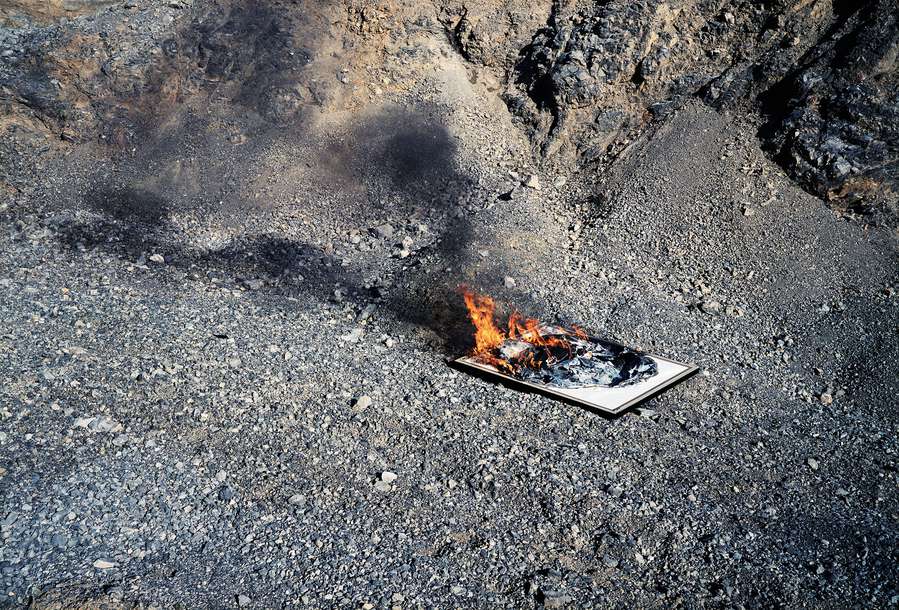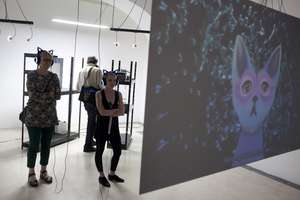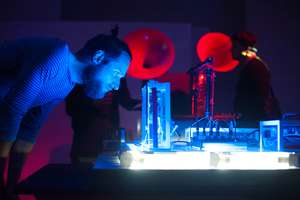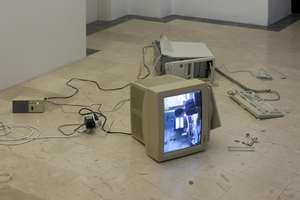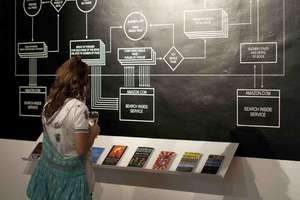Peter Rauch: 15 Objects
Author's comprehension of objects of photography is displayed through an open series of photographs. It presents a spectrum of objects, from ephemeral alluvium of mundane urban life to the artifacts of modernist architecture. In the following step the author takes in consideration the objects of thought – sketches, models and framed pictures which define their own context of performance.
Peter Rauch is thus trying to liberate from an ideological motive in order to redirect the camera into his personal history. With the initial idea of emancipation of photography from the ideology of media production the author advocates a strategy of simultaneous looking at photographs on the levels of theory, technology, performance and fascination.
Phenomenology of Object Constitution in the Ultimate and Regional Ontology
Pascal distinguished between reasons of geometry or reasons of arithmetic on the one hand and between reasons of finesse or reasons of heart on the other hand. The marks of the first are general value and universality, the mark of the latter intuition and
non-calculability. We can apply the distinction to the existence.
One of the basic distinctions in metaphysics is that between the world and between the features that we distinguish or encounter in the world. This is a distinction in ontology between several things that exist, the distinction imposing itself at least in the beginning as we try to approach the problem. Most of the problems in metaphysics are related to the separate entities that we encounter in the world, and to their existence, their individuation and their vagueness, besides to several other issues. Metaphysics thus consists of two brands of ontology: ultimate ontology and regional ontology.
The ultimate ontology consists of the world itself. Whereas the regional ontology consists of the features that we find and recognize in the world. This distinction may go under the name of ontological difference. Ontological difference simply tells you that ontology is different in respect to the ontic.
Ontology has high standards involved into it. At the time as we think about the world or as we mention it, our standards certainly get a lot higher than in the case with the items that we find on the everyday basis in the world. One contemplates high and abstract ontological issues, principles and arguments about externalism, individuality and vagueness. It is not difficult to understand that our ontological standards will rise if we talk about the world, in respect to the standards concerning the existent that we use at the time as we talk about a cat or a chair. We get ourselves into the distant mood, the mood that is distant at least in respect to our everyday concerns.
The everyday attitude tends to confuse the two areas of ontology: it tends to confuse the ontic and the ontological. The difference between the ontological and between the ontic is a normative one, or it is the difference of various manners of zooming-in and of zooming-out in respect to the world. In the case our interest is dedicated to ontology, we zoom-out of the matters of everyday existence and we zoom-in onto the world. This certainly requires some effort. There are no clear borders for the things that ex-ist in the world. There is the richness of the ex-istent world that we encounter. Regional ontology is composed out of things that are relevant for us in each respective situation.
—Vojko Strahovnik, from the book Practical Contexts (Ontos Verlag, Frankfurt, 2004)
Colophon
Production: Aksioma - Institute for Contemporary Art, Ljubljana
Co-production: Museum and Galleries of Ljubljana
Artist: Peter Rauch
This project is supported by: City of Ljubljana
Location
Trg francoske revolucije 7
1000 Ljubljana
T +386 1 24 12 590
T +386 1 24 12 500
E galerija.vzigalica@mgml.si
Opening hours
Tuesday–Sunday: 10 a.m.–6 p.m.
Monday: Closed
1 January, 1 November, 25 December: Closed
24 and 31 December: 10 a.m.–2 p.m.
Tickets
Free entry.
